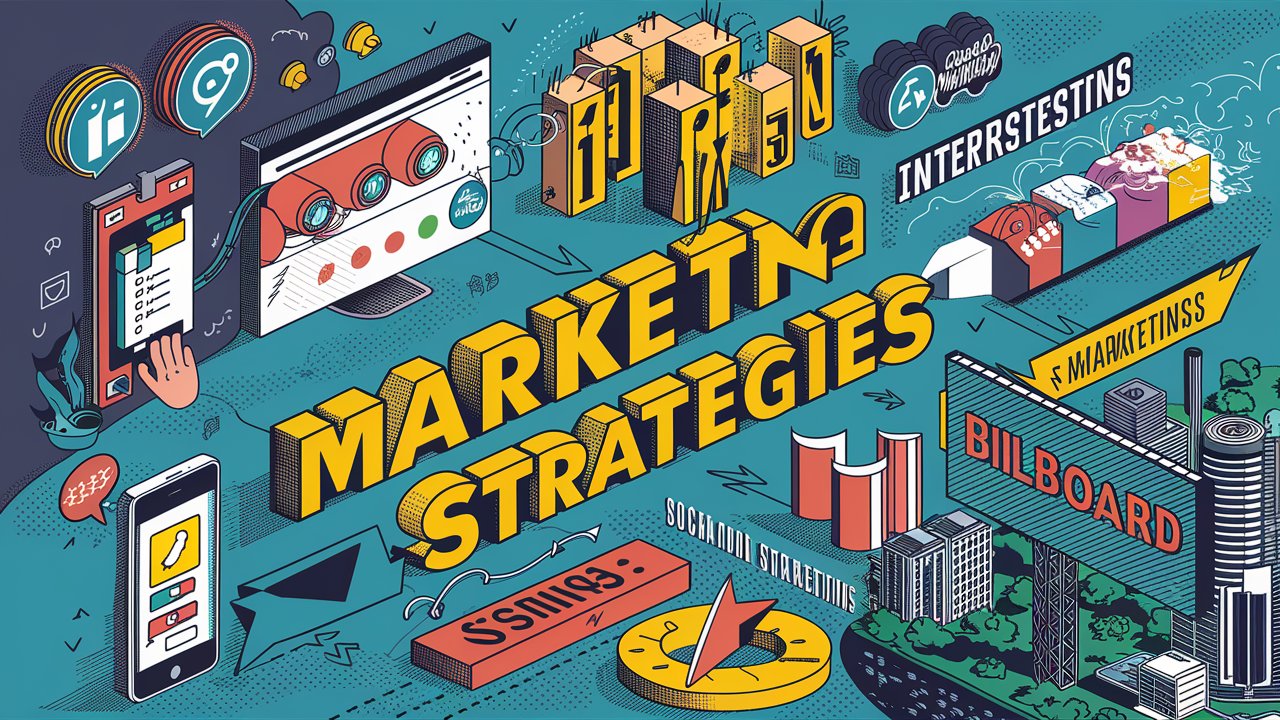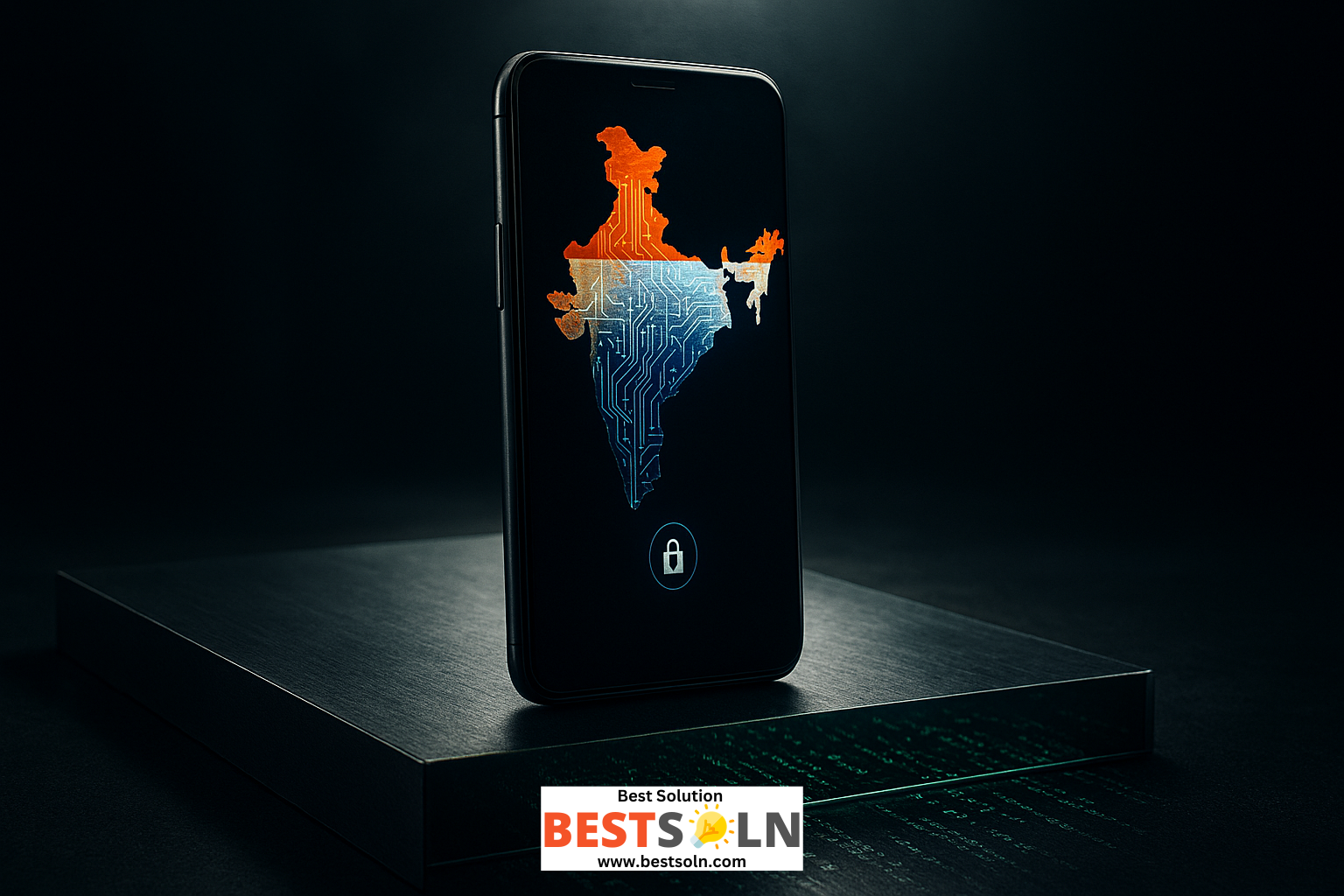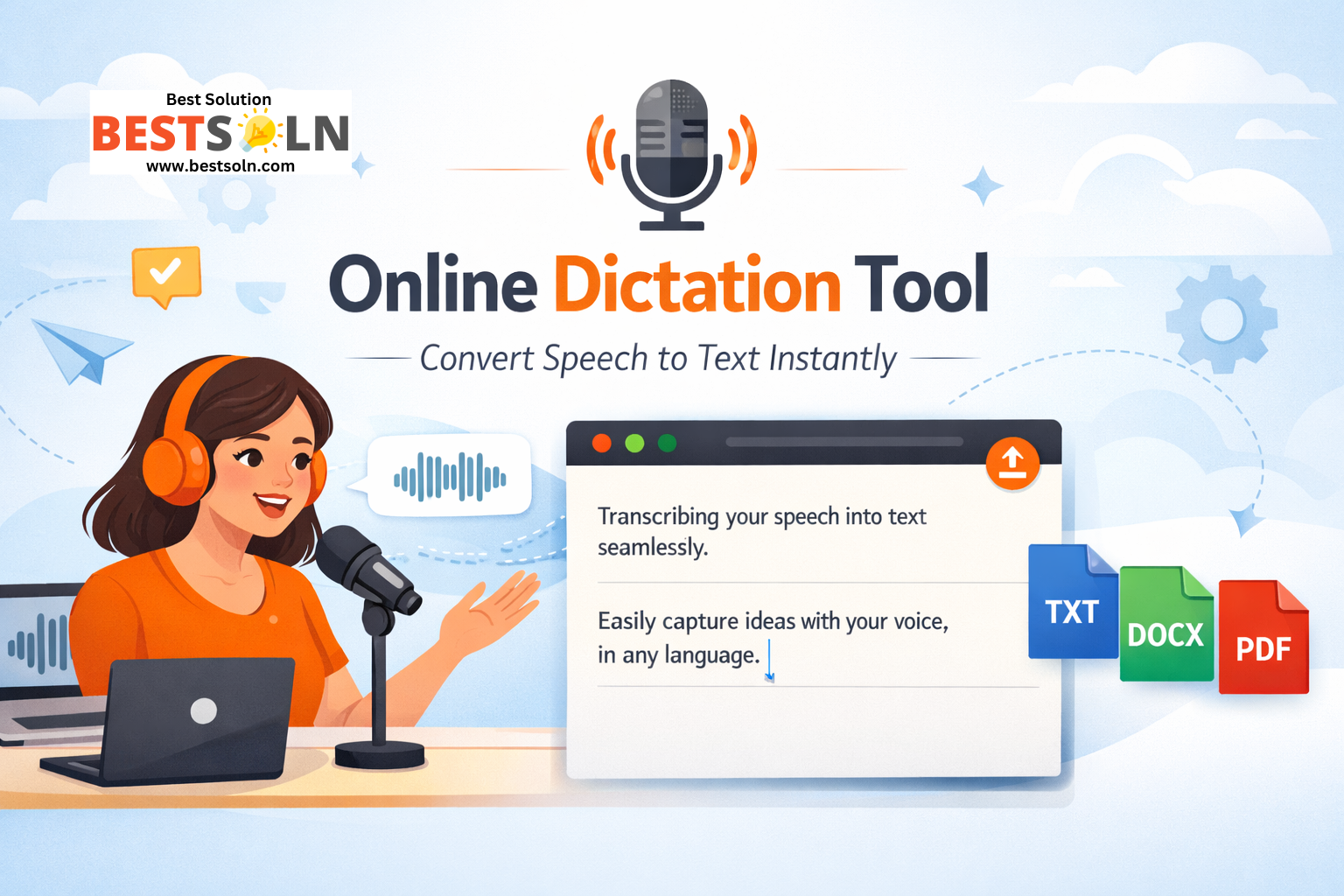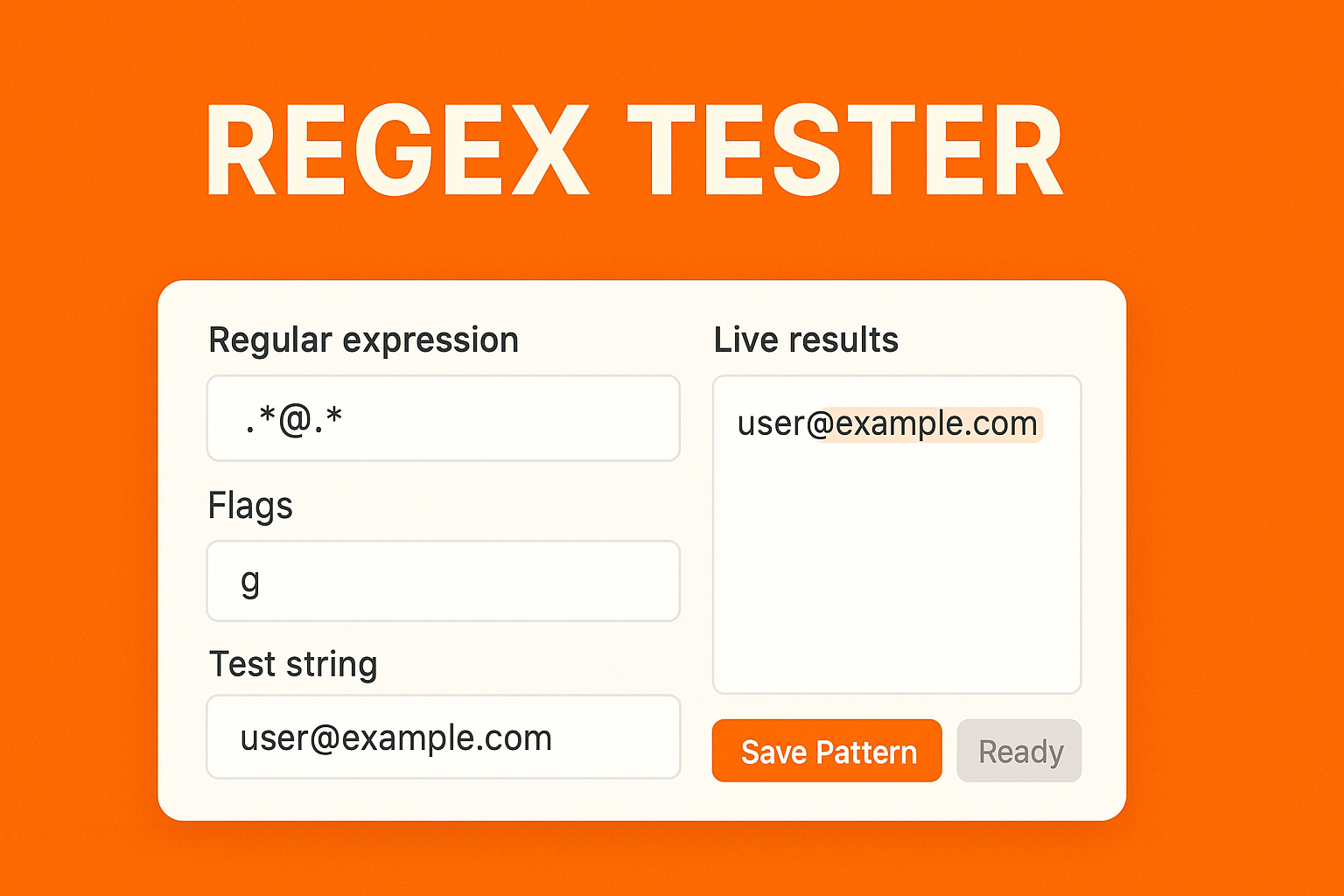- Home
- /
- Product Management
- /
- Exploring Diverse Marketing Strategies
Introduction
In today’s rapidly evolving marketplace, businesses must deploy a variety of marketing strategies to stay competitive and engage their audience effectively. From tried-and-true traditional methods to innovative digital techniques, let’s dive into a plethora of marketing strategies, each with real-world examples showcasing their impact.
Traditional Marketing Strategies

Advertising
Advertising remains a cornerstone of marketing, with products promoted through a variety of media channels. Think of Coca-Cola’s iconic Christmas ads that resonate with viewers year after year, embedding the brand deep into the holiday spirit.
Public Relations (PR)
PR focuses on building a favorable image through media coverage. Apple excels at this, with its product launches covered extensively by major news outlets, creating anticipation and excitement.
Direct Marketing
Mail, email, and telemarketing are all methods of direct marketing that target specific consumers. Catalogs from companies like IKEA directly reach potential customers, showcasing their vast range of products.
Personal Selling
This strategy involves face-to-face interaction to persuade customers. Luxury car brands like BMW use personal selling at their dealerships, where sales representatives provide tailored experiences to potential buyers.
Sales Promotions
In sales promotions Short-term incentives like discounts or free samples drive sales. McDonald’s often uses limited-time offers, such as the McRib, to create urgency and boost sales.
Digital Marketing Strategies

Search Engine Optimization (SEO)
SEO enables websites to rank higher in search engine results. Blogs like Moz focus on keyword strategies to attract organic traffic, becoming authority sites in their niche.
Content Marketing
Content marketing entails creating valuable content to attract and engage a target audience. HubSpot’s comprehensive guides and blog posts provide immense value, establishing them as thought leaders in inbound marketing.
Social Media Marketing
Brands use social media platforms to connect with their target audience. Nike’s Instagram account, with its inspiring stories and athlete endorsements, engages millions of followers every day.
Email Marketing
Targeted email campaigns keep customers informed and engaged. Netflix sends personalized recommendations based on viewing habits, keeping subscribers hooked.
Pay-Per-Click (PPC) Advertising
PPC ads appear in search engine results and charge advertisers per click. Google Ads campaigns, like those run by Amazon, appear prominently when users search for related products.
Affiliate Marketing
Affiliates promote products and earn commissions on sales. Bloggers and influencers often use Amazon’s Affiliate Program to monetize their content by recommending products.
Influencer Marketing
Brands collaborate with influencers to reach their followers. Fashion Nova’s partnerships with Instagram influencers significantly boost their visibility and sales.
Creative and Innovative Marketing Strategies

Guerrilla Marketing
Guerrilla marketing uses unconventional tactics to surprise audiences. Burger King’s “Whopper Detour” campaign, which offered one-cent Whoppers to anyone ordering near a McDonald’s, generated a lot of buzz.
Ambush Marketing
In ambush marketing brands hijack another event’s publicity without sponsorship. Nike often engages in ambush marketing during the Olympics, creating buzz without being an official sponsor.
Buzz Marketing
Buzz marketing is about generating word-of-mouth excitement is key. The ALS Ice Bucket Challenge went viral, raising awareness and funds through millions of user-generated videos.
Viral Marketing
Viral marketing is about creating content that rapidly spreads online. Old Spice’s “The Man Your Man Could Smell Like” campaign went viral, dramatically increasing sales.
Stealth Marketing
In stealth marketing brands subtly promote products without overt advertising. The movie “I, Robot” featured Will Smith prominently using Converse sneakers, creating subconscious brand awareness.
Engagement and Relationship Marketing Strategies

Experiential Marketing
Experiential marketing creates memorable experiences for customers. Red Bull’s extreme sports events, like the Red Bull Stratos space jump, offer unforgettable experiences that align with their brand.
Event Marketing
Hosting or sponsoring events to engage customers. Salesforce’s Dreamforce conference attracts thousands, offering valuable networking and learning opportunities.
Cause Marketing
Aligning with social causes to build goodwill. TOMS Shoes’ one-for-one model donates a pair of shoes for every pair sold, resonating with socially conscious consumers.
Community Marketing
Building a loyal customer community. Harley-Davidson’s HOG (Harley Owners Group) promotes a strong sense of community among its riders, which increases brand loyalty.
Product and Price-Based Strategies

Product Placement
Integrating products into media content. James Bond movies often feature luxury cars and gadgets, subtly promoting these brands to viewers.
Co-Branding and Affinity Marketing
Partnering with other brands for mutual benefit. GoPro and Red Bull’s collaboration on extreme sports content highlights both brands’ adventurous spirit.
Price Skimming
Setting high initial prices and then gradually lowering them. Apple’s iPhone begins at a high price, appealing to early adopters before becoming more affordable.
Penetration Pricing
Offering low prices to gain market share. Netflix initially offered low subscription fees to attract a large user base before gradually increasing prices.
Dynamic Pricing
Adjusting prices based on demand. Airlines like Delta use dynamic pricing, altering ticket prices based on demand, season, and booking time.
Want to learn more about Pricing Strategies? Check it out here.
Direct Interaction Strategies

Conversational Marketing
Engaging customers through real-time conversations. Brands like Sephora use chatbots on their websites to assist customers, offering personalized recommendations instantly.
Customer Engagement Marketing
Building long-term relationships through engagement. Starbucks’ Rewards program encourages frequent purchases and offers personalized rewards, fostering customer loyalty.
Niche and Targeted Strategies

Niche Marketing
Targeting a specific, well-defined segment. Whole Foods focuses on health-conscious consumers, offering organic and natural products that cater to this niche market.
Targeted Marketing
Crafting campaigns for specific demographics. Dove’s “Real Beauty” campaign targets women of all ages and sizes, emphasizing self-acceptance and authenticity.
Micro-Market Strategies
Focusing on very small, specific groups. Tesla initially targeted eco-conscious luxury car buyers, gradually expanding to broader markets as electric vehicles gained popularity.
Data-Driven and Analytical Strategies

Database Marketing
Using customer data to personalize marketing efforts. Amazon’s recommendation engine uses purchase history and browsing data to suggest products, enhancing the shopping experience.
Predictive Marketing
Leveraging data to predict future trends. Spotify’s personalized playlists, like Discover Weekly, use predictive algorithms to curate music tailored to individual tastes.
Programmatic Marketing
Automating ad buying using data insights. The Economist’s programmatic ad campaigns efficiently target specific reader segments, maximizing engagement and conversion rates.
Integrated and Multi-Channel Strategies

Omni-Channel Marketing
Providing a seamless experience across all channels. Disney offers a consistent experience, from its website to its theme parks, enhancing customer satisfaction.
Integrated Marketing Communications (IMC)
Coordinating various promotional tools for a unified message. Coca-Cola’s “Share a Coke” campaign used personalized bottles, social media, and traditional ads to create a cohesive marketing effort.
Cultural and Societal Strategies

Cultural Marketing
Respecting and incorporating cultural elements. McDonald’s adjusts its menu items to cater to local tastes, such as offering vegetarian options in India.
Sustainable and Green Marketing
Promoting environmentally friendly practices. Patagonia’s marketing emphasizes sustainability and environmental activism, attracting eco-conscious consumers.
Diversity Marketing
Reflecting diverse customer demographics. Target’s advertising campaigns feature people of various ethnicities, ages, and abilities, promoting inclusivity and representation.
Modern and Emerging Strategies

Neuromarketing
Studying consumer brain responses to marketing stimuli. Frito-Lay uses neuromarketing to understand how packaging colors and textures influence snack purchases.
Proximity Marketing
Using location-based technology to target customers. Retailers like Macy’s use beacon technology to send personalized offers to shoppers’ smartphones while they’re in-store.
Account-Based Marketing (ABM)
Focusing on high-value accounts with personalized campaigns. B2B companies like LinkedIn employ ABM to tailor marketing efforts to specific companies, enhancing client relationships.
Chatbot Marketing
Automating customer interactions. H&M’s chatbot on Kik provides fashion advice and shopping assistance, creating a convenient and interactive shopping experience.
Voice Search Optimization
Optimizing content for voice search queries. Domino’s Pizza uses voice search technology, allowing customers to place orders through smart speakers like Amazon Echo.
User-Generated Content (UGC) Marketing
Encouraging customers to create and share content. GoPro’s #GoProFamily campaign showcases user-generated adventure videos, enhancing brand credibility and community engagement.
Conclusion

In a world brimming with marketing possibilities, businesses can mix and match these strategies to create a dynamic and effective marketing plan. Whether through traditional means or cutting-edge techniques, the key lies in understanding your audience and delivering value in creative ways.
Enjoyed this article? Want to dive into Pricing Strategies? Explore here. Interested in learning about Funnels? Discover more here. Curious about Product Management Frameworks? Find out more here.




















Leave a Reply